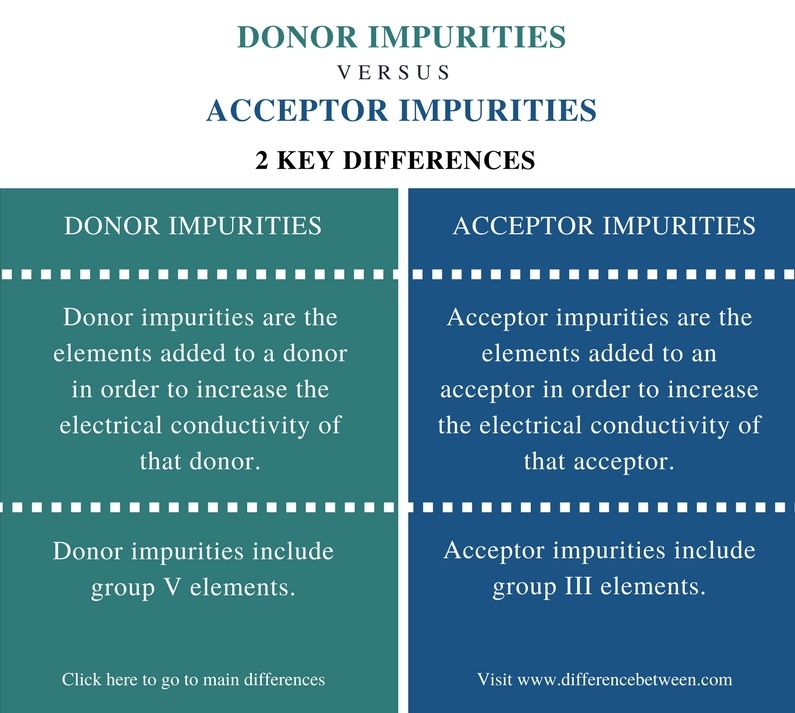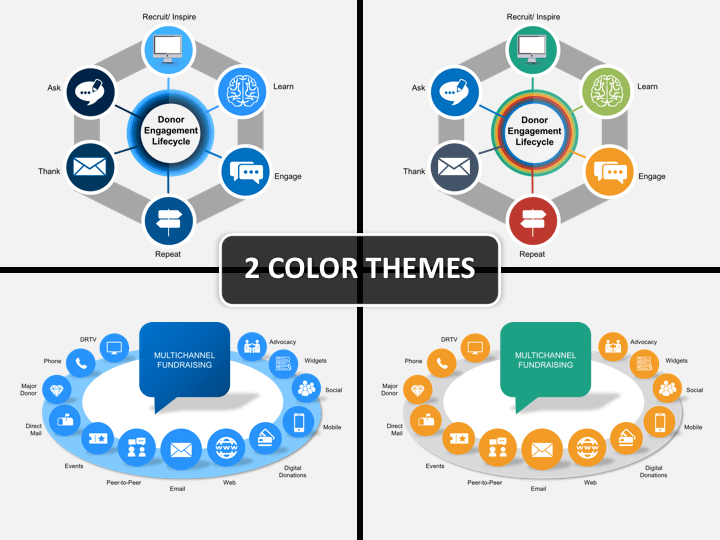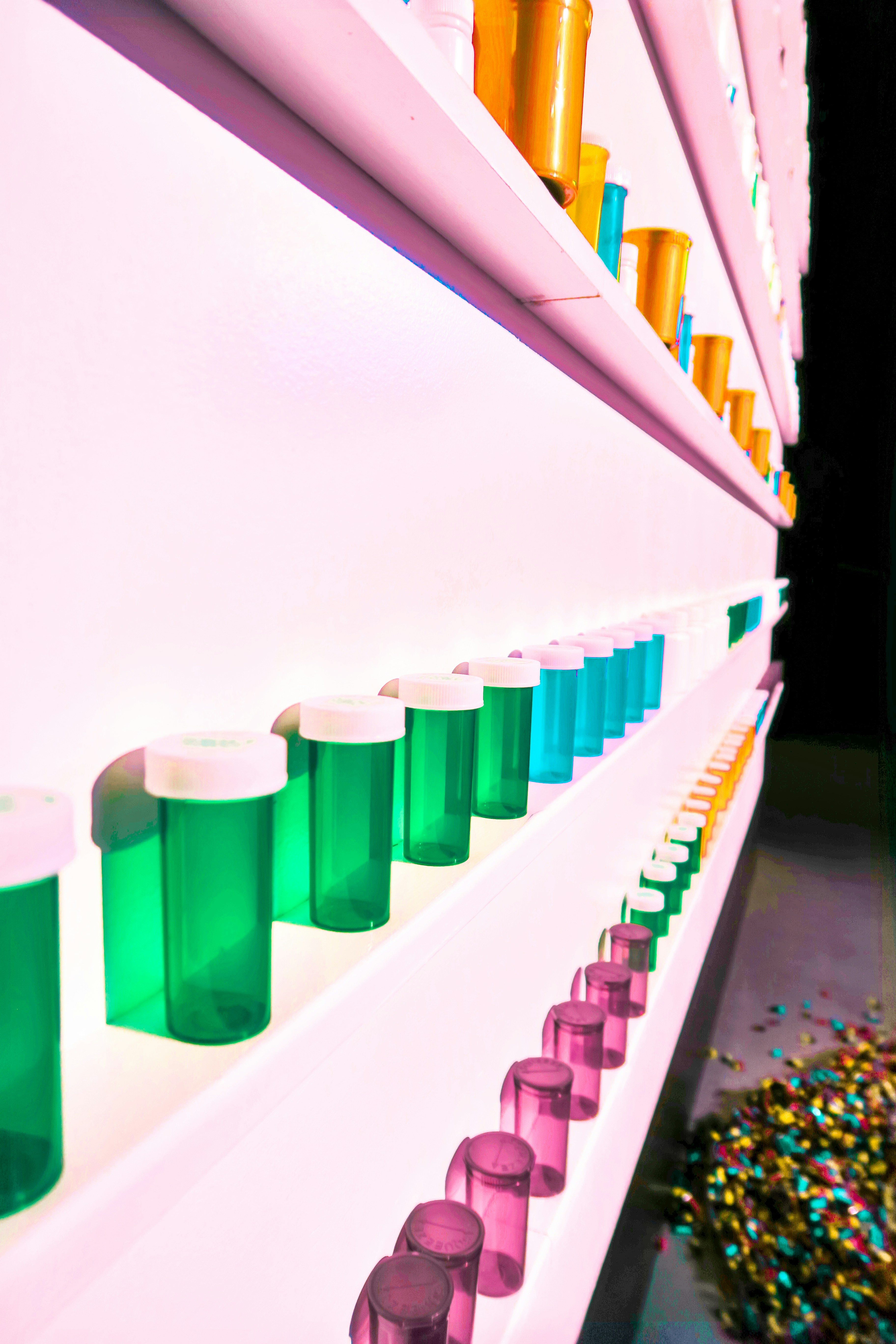Related Terms Of Donor Gift Ideas
by Alice
Posted on 11-08-2020 02:16 AM

1. 4. 2 derived terms
1. 4. 3 related terms
1. 4. 4 translations
2. 3. 1 derived terms
2. 3. 2 related terms
3 latin
the charity raised $2,000 from various donors. The hospital is seeking an organ donor.
 ( chemistry ) a group or molecule that donates either a radical, electrons or a moiety in a chemical reaction. Compare acceptor. A carbonyl donor molecule
catalan: donador (ca) m , donadora (ca) f , donant (ca) m or f.
( chemistry ) a group or molecule that donates either a radical, electrons or a moiety in a chemical reaction. Compare acceptor. A carbonyl donor molecule
catalan: donador (ca) m , donadora (ca) f , donant (ca) m or f.
For when your campaign is not quantifiable in easy-to-consume terms, and you don’t want to take a rewards approach, you can always assign related titles to donors at different levels of giving. While some organizations allow donor gift coffee mug donor donor appreciation gifts s to choose from bronze to platinum, it’s always engaging to try and relate your titles to your campaign’s theme.
National Donor-Advised Fund Organizations
Many who give to aid organizations want to see more about where the funding they give is spent, what it is spent on, and how it has made a difference to the lives of people in need. By signing up to iati, the international aid transparency initiative , unhcr can now provide greater levels of detail on its financial and results information.

Dafs are growing ever faster, according to the nonprofit quarterly. The 2015 donor-advised fund report released by the national philanthropic trust in november 2015 and cited by the nonprofit quarterly provides: grants from donor-advised fund accounts to charitable organizations reached a new high at $12. 49 billon …. This is a 27. 0 percent growth rate compared to a revised total for 2013 grants of $9. 83 billion.
Commercial funds, such as fidelity charitable, goldman sachs charitable gift fund, schwab charitable, and vanguard charitable, were started by national financial-services firms. Although they are separate nonprofit organizations, the assets in the funds are often managed by the related investment company. These funds are responsible for much of the explosion in donor recognition gifts ideas coffee mug donor donor gift -advised funds over the past few years. Their main selling points include low investment fees relative to other fund sponsors, and ease of use for donors.
Are we missing a good definition for Donor ? Don't keep it to yourself
Recipients undergoing lung transplant between january 1, 2006, and may 31, 2017, were identified from the srtr database. Exclusion criteria included recipients who underwent lobar lung transplant, previous lung transplant recipients, <18 years of age at transplant, non-us citizens/residents who traveled to united states solely to receive transplant, had missing information on donor risk category, or were transplanted between october 1, 2013, and january 31, 2014 (the time period where either definition for nonstandard risk donors could be used) ( figure 1 ). Recipients were then divided into 2 cohorts based on which donor risk definition was used; transplant recipients from january 1, 2006, to october 1, 2013, were included in the hrd cohort, and transplant recipients from february 1, 2014, to may 31, 2017, were included in the ird cohort.
 Variables were collected for recipients of hrd, ird, and standard risk donors (srd) for comparison.
Variables were collected for recipients of hrd, ird, and standard risk donors (srd) for comparison.
What does Donor mean?
A donor is a person who donates something of value to a person or an organization, especially a charity. A wealthy donor might leave her book collection to the local library in her will. Buildings on college campuses are frequently named after generous donors — if you give millions of dollars to your school, they might name the new library after you, crediting you as a donor. Another kind of donor gives blood that can be used for transfusions, or agrees to donate organs after his or her death.
 Donor comes from the latin root donare, "give as a gift. ".
Donor comes from the latin root donare, "give as a gift. ".
You must test all donors of hct/ps, unless subject to an exception in § 1271. 90, for relevant communicable disease agents or diseases, as required in § 1271. 85 and further described in applicable fda guidance documents. You must use an fda-licensed, approved, or cleared donor screening test when such a test is available, as described in § 1271. 80(c). Current fda-licensed, cleared or approved donor screening tests for use in testing hct/p donors are listed at the testing hct/p donors for relevant communicable disease agents and diseases page. Additional tests acceptable for use to screen living donors may also be listed at the complete list of donor screening assays for infectious agents and hiv diagnostic assays page. Our recommendations on specific tests may change in the future due to technological advances or evolving scientific knowledge. The tests listed adequately and appropriately reduce the risk of transmission of relevant communicable disease.
Cadaveric donor an organ or tissue donor who has already died; see cadaveric donor transplantation. Living nonrelated donor living unrelated donor. Living related donor one who is a close blood relative of the recipient; see living related donor transplantation. Living unrelated donor one who is not a close blood relative of the recipient; see living unrelated donor transplantation.
Most nonprofits have a range of donors, from large foundations or corporations to government agencies, individual philanthropists, and smaller individual donors. While all donors are important, their significance to the work of the nonprofit organization can vary greatly, as can their motivations and needs. Effective relationship management takes account of these factors and enables the nonprofit to determine what level and type of action and staff investment relating to each will best enable the organization to effectively achieve its funding model. By developing and implementing effective practices and systems that yield strong relationships with donors, nonprofits can generate more sustainable and dependable revenue, strengthen grant effectiveness, and, ultimately, achieve better results.
Donor is a synonym of donator. Donator is a derived term of donor. As nouns the difference between donator and.
An attempt to implant an embryo using an egg from an anonymous woman donor was unsuccessful. The charity will go under unless a generous donor can be found within the next few months. The money for the new hospital was put up by an anonymous donor.
One who makes a gift is called a donor. A donor gives or transfers something without consideration. Donor is the one who creates a power of appointment in favor of the donee.
How to pronounce Donor?
Core coordinates the recovery of organs, tissues and corneas for transplant.

Medical Definition of Donor insemination
Medical author: melissa conrad stöppler, md donor insemination : a procedure in which a fine catheter (tube) is inserted through the cervix (the natural opening of the uterus) into the uterus (the womb) to deposit a sperm sample from a man other than the woman's mate directly into the uterus. The purpose of this procedure is.
Donor insemination has been shown to be very safe. Sperm donors accepted by sperm banks are required to present extensive family and personal medical histories. They are also given a thorough medical evaluation that includes screenings for sexually transmitted diseases , the presence of hiv antibodies, and a history of genetic disorders.
How can I use my donor-advised fund to support charities?
You can incorporate your donor-advised fund into estate planning by making a bequest in your will to the donor-advised fund sponsor or by making the sponsor a beneficiary of a retirement plan, life insurance policy or charitable trust. By leaving instructions with the donor-advised fund sponsor, you can support multiple charities with one bequest. These gifts can also help reduce or eliminate the burden of estate tax for your heirs.
Razoo provides tools to search for and donate to charities, create an online fundraiser for a charity or a cause with no setup fees or monthly subscriptions and collaborate through social media. For donors: you can find and support your favorite cause or non-profit or set up your own fundraiser. You can also organize a team or join someone else's to raise money including races and mission trips.
James and susan are passionate about the arts. James is a painter and susan is an art teacher at an elementary school. Five years ago, they established a donor-advised fund to support their cause, and they work closely with the staff of a community foundation located in their area to find out about arts programs and charitable benefits that take place annually. Also, because james and susan have set up a donor-advised fund, they are allowed to designate the community foundation on how to grant the money out to their favorite charities.
Paired donation and donation chains
Living donors often play an important role in paired donation and donation chains. Paired-organ donation (also known as paired exchange) may be an option when a donor and intended recipient have incompatible blood types, or when the recipient has certain antibodies that will react to the donor's cells, causing the transplant to fail.
Living liver donor procedure
While most organ and tissue donations occur after the donor has died, some organs (including a kidney or part of a liver or lung) and tissues can be donated while the donor is alive. There are about as many living donors every year as there are deceased donors.
A living donation, such as the donation of one healthy kidney or a segment of a healthy liver from a living human being to another, is arranged though the individual transplant centers according to criteria they have in place. An independent donor advocate will represent the interests and well-being of the potential living donor.
Living donors potentially can donate: one of two kidneys. A kidney is the most frequently donated organ from a living donor. The donor's remaining kidney provides the necessary function needed to remove waste from the body. One of two lobes of their liver. Cells in the remaining lobe of the liver grow or regenerate until the liver is almost its original size. This re-growth of the liver occurs in a short period of time in both the donor and recipient.
Primum non nocere ("first, do no harm") is one of the most widely recognized principles of medical ethics. Early opponents of living donor transplantation contended that it violated a strict interpretation of this principle. Living donation surgery is an elective procedure for living donors. In living donation, as in other areas of medicine, interpretation of this fundamental precept has evolved. Harm is no longer considered in isolation. The anticipated medical and psychosocial benefit to the recipient is considered in relation to the anticipated harm and potential benefit to the potential living donor, rather than focusing solely on the avoidance of harm to the living donor.
Living donation does not change life expectancy, and after recovery from the surgery, most donors go on to live happy, healthy, and active lives. For kidney donors, the usual recovery time after the surgery is short, and donors can generally resume their normal home and working lives within two to six weeks. Liver donors typically need a minimum of two months to resume their normal home and working lives.
Did you know that a friend or loved one can be a living donor? most often, friends or family can donate a kidney. Living donors can also donate liver segments or a lobe from a lung though these are less frequent. Stories of hope lifesaving gifts the barker family has been changed forever by donation and transplantation. As a living donor, reid gave one of his kidneys to a dear friend and former co-worker in 2018. Lisa received a lifesaving liver transplant in 2014. Read their story.
Sometimes a healthy living person will donate part of his or her liver, most often to a family member who is recommended for a liver transplant. This type of donor is called a living donor. During a living donor transplant, surgeons remove a part of the living donor’s healthy liver. Surgeons remove your diseased or injured liver and replace it with the part from the living donor. The living donor’s liver grows back to normal size soon after the surgery. The part of the liver that you receive also grows to normal size. Living donor transplants are less common than deceased donor transplants.
a person giving his own blood for transfusion, or tissue (for example, skin) or an organ (for example, a kidney) for transplantation in a patient (the recipient). At the present stage of science the most widely found form of donation is blood donation. In the ussr donation is a voluntary act. Any healthy (according to a special medical examination), physically mature person 18 years of age and older can become a donor. The giving of blood is harmless for the donor. The health of the donor is protected, and in the ussr the donors have benefits. They are permitted to leave work with pay in order to give blood, and after giving blood they receive a day off with pay from the institution where they are employed. Donors are the first to receive permits to stay at sanatoriums and rest homes. The executive committee of the red cross and red crescent has established an award for donors, the badge honorary donor of the ussr.
Acot u. S. Department of health and human services advisory committee on organ transplantation, was established to assist the hhs secretary in: enhancing organ donation, ensuring that the system of organ transplantation is grounded in the best available medical science, assuring the public that the system is as effective and equitable as possible, increasing public confidence in the integrity and effectiveness of the transplantation system.
Search
Categories
- Songwriter
- Resident Care
- Retirement
- Runner
- Sailor
- Helmsman
- Grammar Police
- Flight Attendant
- Fisher
- Entertainer
- Editor
- Daily Nutritinionist Facts
- Cyber Security
- Crusader
- Criminology
- Coworker
- Clinical Specialist
- Clinical
- Optometrist
- Logistician
- Magistrate
- Manicurist
- Marines
- Marketer
- Occupation
- Observer
- Officer
- Oncologist
- Painter
- Lifeguard
- Infopreneur
- Nanny
- Cartographer
- Expediter
- ESL Teacher
- Comedian
- Estimator
- Flagger
- Discjokey
- Driving
- Electrologist
- Fumigator
- Erector
- Driller
- Educator
- Dressmaker
- Forensic
- Legislator
- Harvester
- Cooker
- Inspector
- Hacker
- Civil Law
- Employer
- Enologist
- Endocrinologist
- Freelancer
- Enrobing
- Fabricator
- Forecaster
- Clown
- Criminologist
- Collector
- Docent
- Concierge
- Conservator
- Digger
- Dishwasher
- Drafter
- Donor
- Controller
- Communication
- Compounder
- Civil
- Clone
- Doctor
- Cinematographer
- Chiropractor
- Rugger
- Bailbondsman
- Jailer
- Deckhand
- Bellman
- Social Worker
- Babysitter
- Reporter
- Trainer
- Agent
- Embroiderer
- Sociologist
- Pharmacist
- Paramedic
- Insurance
- Teller
- Actuary
- Bailiff
- Coordinator
- Carpenter
- Cleaner
- Academic Dean
- Judge
- Boilermaker
- Clerk
- Apprentice
- Secretary
- Author
- Embalmer
- Hiker
- Cooking
- Deputy Sheriff
- Landscaper
- Photographer
- Pediatrician
- Pilot
- Teacher
- Archivist
- Toolmaker
- Singer
- Racer
- Accounting
- Mentor
- Vice President
- Detective
- Waiter
- Florist
- Broker
- Consultant
- Geographer
- Adjuster
- Auctioneer
- Researcher
- Cardiologist
- Marketing
- Interviewer
- Custodian
- Curator
- Caretaker
- Butcher
- Martial Arts
- Ghostbuster
- Mayor
- Machinist
- Innkeeper
- Mediator
- Conductor
- Demonstrator
- Programmer
- Cabinet Maker
- Planner
- Patient
- Copywriter
- Mechanic
- Surfer
- Employee
- Tour Guide
- Fisherman
- Surveyor
- Manager
- Supervisor
- Appraiser
- Police
- Filmmaker
- Woodworker
- Lecturer
- Inventor
- Liaison Officer
- Laborer
- Translator
- Janitor
- Tailor
- Debater
- Climber
- Politician
- Journalist
- Dietitian
- Firefighter
- Adjudicator
- Producer
- Housekeeper
- Entrepreneur
- Bartender
- Barista
- Hairstylist
- Banker
- Baker
- Electrician
- Therapist
- Astronaut
- Professor
- Architect
- Announcer
- Veterinarian
- Scientist
- Investigator
- Dispatcher
- Creative Writing
- Engineer
- Librarian
- Wanker
- Psychology
- Lieutenant
- Realtor
- Pastor
- Biker
- Nutrition
- Dancer
- Musician
- Gardener
- Farmer
- Counselor
- Boss
- Director
- Dentist
- Lawyer
- Nurse
- Accountant
- Coach
- Advisor
- Beekeeper
- Administrator